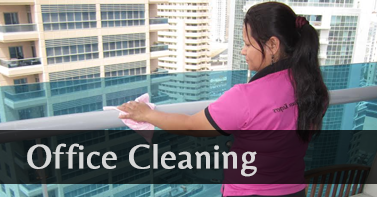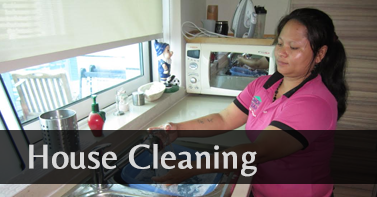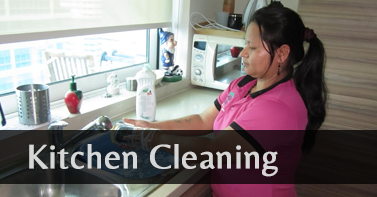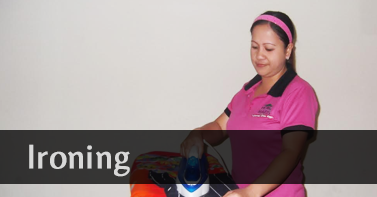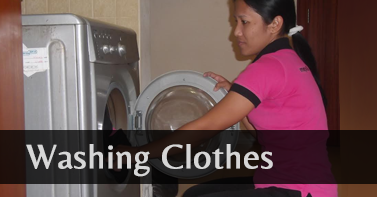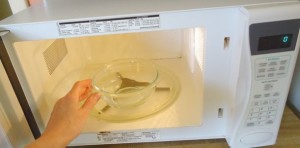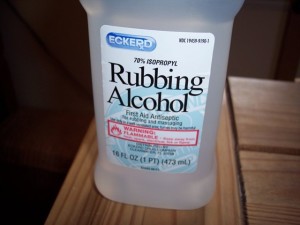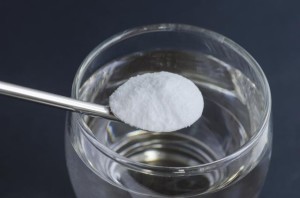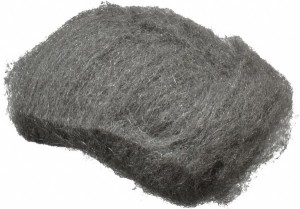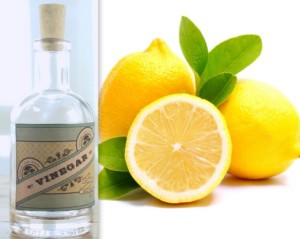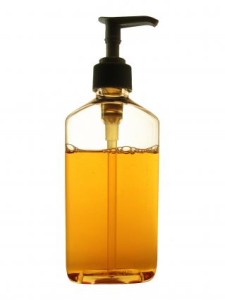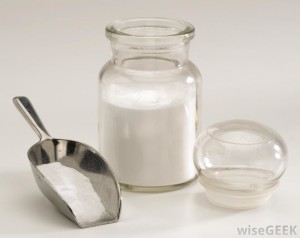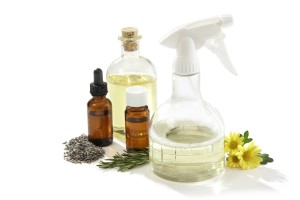Often when it comes to cleaning your kitchen, you feel like it is an impossible task, just because of the sheer amount of things that are there and the expenses that you would have to incur for purchasing all those expensive cleaning equipment and products. This however, can easily be avoided; it can be made into an exercise in the serendipitous discovery of DIY methods that you never knew. Here are some of the many easy and inexpensive ways that you can clean your kitchen:
Greasy Dishes: The greasy dishes at the sink are perhaps the most off putting of all. The slime and what all slithering down the plates certainly may seem repulsive and often at times, extremely stubborn to clean off. The easy solution? – White Vinegar.
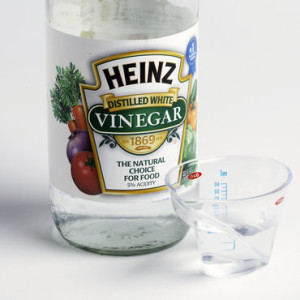
All the greasy dishes, pots and pans can be removed off their greasiness and stains by having them washed with a sink full of hot water and 3-4 tablespoons of white vinegar. Vinegar’s natural acidity will cut through that stubborn grease like a knife through butter.
Microwave Cleaning: The Microwave can be cleaned by turning it on with a few wet paper towels placed inside for about 3-5 minutes. During the heating, the water will become steam and it will soften the grime. Once the paper towels cool down, wipe the oven’s interior using them.
After this has been done, combine 1 cup of water with a half cup of lemon juice in a measuring cup and heat it on high for the next 3-5 minutes. After you’ve done that let it rest inside the microwave for 5-10 minutes.
Ceramic Tiles: These beautifully patterned objects line up your walls but they are extremely vulnerable for stains from food or whatever. Once they have been sprayed on to the ceramic, they stubbornly dry and stick to it for a long time. It is very hard to remove them by any normal means; in fact, the best thing that you can do is try an alternative method.
Have them rubbed on by a clean sponge dampened with rubbing alcohol. Yes, I know it’s quite an orthodox solution, but an extremely effective one. The rubbing alcohol will not only get rid of the spots and specks, but its disinfectant qualities will make the ceramic backsplash a safer place for you to work on.
Wooden Surfaces: The surface of wood is very receptive to any foreign objects. The tendency of wood to be absorbent can be detrimental to the cleanliness and safety of the kitchen. These surfaces could be host to several harmful bacteria.
A great trick to clean of these harmful substances on the wooden exteriors is to use the evergreen baking soda. Use ½ cup of baking soda with a quart of warm water and then use a clean sponge to rub it on the wood surface. Rinse with plain water, blot with a clean towel and allow to air dry completely.
Then you can retain the natural finish of the wood by coating it with boiled linseed or vegetable oil and also use fine steel wool to rub the oil in. Then proceed to coat with oil 24 hours apart, wiping off the excess oil with each new application. This is an absolute simple process.
Calcium Deposits: To remove those nagging calcium deposits at the base of pots, vases or glasses, scrub with the flesh of a lemon and proceed. Even used up lemon flesh that had been squeezed can be used for out those persistent calcium deposits. In the case of extremely stubborn calcium deposits, proceed to sprinkle on the lemon, a small quantity of baking soda or salt.
When scrubbing off the calcium deposits that have persisted on the bottom of a slim, narrow-necked vase, use a combination of white vinegar (again) and some uncooked brown rice inside the vase and try to swish them around vigorously. Subsequently, pour all the rice from the vase, which has now been coated with the entire calcium residue.
Blender Cleaning: The insides of a blender might look too inaccessible for the normal kitchen cleaning equipment to reach into, but what can be done instead is not use them and directly pour the cleaning liquid into the blender.
Once the blender has been sufficiently filled with the right cleaning liquid preferably – liquid soap – pour water into and let it swirl for a minute. Once it has properly swirled, rinse the liquid off and now it is as clean as new.
All Silverware Cutleries: Perhaps you might have an abundant amount of silverware cutlery with you. Now, you can have them looking shiny and new all at the same time, using this method:
Step 1: Line a pot with aluminium foil, shiny side up. Then place all the silverware inside.
Step 2: Add enough water to cover the silverware, then add 1 cup each of baking soda and white vinegar with a tablespoon of salt.
Step 3: Bring the water to a boil for 3 minutes. Take out the silverware once the water cools down.
Step 4: Plunge Silverware in the warm soapy water and then clean with cloth. Wipe dry with a separate dry and clean cloth.
Well, that it’s! Now you have a handful of clean, shiny and as good as new.
Kitchen Floors and Countertops: There are some precautions that you must take before venturing out to clean the kitchen floor. Never use any abrasives because it will leave crumbs after all the wiping and brushing. Never use any vinegar because natural stone, glazed ceramic or glass tile will be pitted and the grout will be ruined.
So, since there are so many floors made up of different materials, this has to be scope of another article, but I will mention the right way to clean a granite floor. This tip can also be easily applied to granite countertops as well, with the appropriate modifications to it.
Resort to using simple stone cleaner or hot water with a microfiber/cloth to wipe off all those stains and spots on the granite. Sometimes, prevention itself is better than the cure, is anything spills on the granite, it is better to clean it off right away, before it becomes a major stain.
But, in case, there is a stain, you would have to make a homemade poultice – Mix a fine powder such as baking soda or whiting with a liquid until a peanut-butter like consistency is reached:
- For oil-based stains mix the powder with water or rubbing alcohol.
- For Water-based one mix it with hydrogen peroxide or acetone.
Dampen the part of the granite that is stained and then spread the poultice over the strain. Leave this mixture until it dries and then remove, then rise and wipe the granite dry.

